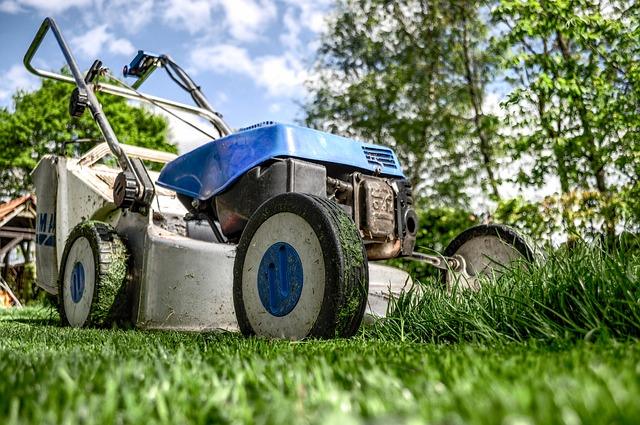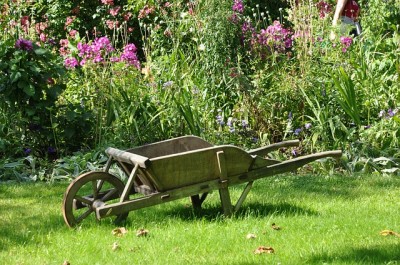Lawns play a major part of our lives. They are where we play, grow up, relax, have get-togethers and enjoy the outdoors. Somehow, we have become addicted to large, smooth, green lawns and moved away from having healthy, useful gardens. Big yards have become a status of wealth.
But there has been a resurgence in the interest of having more garden than lawn. Although financial, political or even environmental reasons may make you want to reduce your lawn size and grow a garden, there is no need to worry; you can still have a lawn while enjoying a beneficial garden.
Reasons to Have More Garden and Less Lawn
A garden can reduce home garbage and recycling. Waste from homes often includes leaves, clippings, food and paper. All of these can be organically recycled or composted, reducing the amount of waste.
Need Non-GMO Herb Seeds For Your Spring Garden? Click Here!
An organic garden reduces the amount of pesticides, herbicides and high-phosphorous fertilizers you consume. All of those are in our food we buy at the store.
Further, yard waste is cut down when you have a garden. It will naturally repel (to a point) weeds and bugs.
However, having some sort of lawn can benefit your garden. You can use the grass trimmings and leaves as compost and mulch. Any food waste from your home can be composted. This can be considered natural recycling. It can be used for keeping your garden healthy by providing nutrients for plants and helpful organisms.
Planning a Lawn-to-Garden Switch
Here are a few ideas for helping you turn your lawn into a garden …
Decide what type of garden you want, and what you want to grow in it. This will help you plan the size and design. You can even have a combination of vegetables, fruits, flowers and herbs. Keep in mind when choosing plants: Grow appropriate produce for the area, soil, amount of sun and rainfall. If you live in dry areas, there are drought-resistant crops you can grow. Where your lawn would look bare and brown, you can have your own beautiful garden. Having a drought-resistant garden will bring life and activity to your home even in hot, dry weather. The need for water is low.
As for types of gardens, there are container gardens and raised garden beds. You can make a brand-new garden by removing grass, tilling and even adding soil. There is always the choice of combining all of those options.
Site planning is a big deal. Try to find a site with the most sun possible. Place the garden close to your house. This will give you easy access to your produce and reduce the number of steps you need to walk; it also will be less inviting for the local critters. Any issues with moisture, drainage or runoff will easily be seen.
Another idea is to plant trees on the east and west sides of your area. They will help keep your home cooler in the summer and offer shade. You also can plant evergreen trees on the northwest side to block winter winds; this will keep your home warmer during the cold months and also protect your winter garden.
This New All-Natural Fertilizer Doubles Garden Production!
Zucchini, tomatoes and squash seem to take off well in newly renovated gardens. Zucchini and squash have deep tap roots that break up soil and grow deep into the ground. Tomatoes have fine roots that spread outwards in the soil. Whether you want a winter or summer garden, there are choices for year-round gardening enjoyment.
Removing Grass to Begin or Extend the Garden
There are several ways to remove grass. You always can grab the trusty shovel or hoe and start digging or swinging away, or you can try one of these less physical ways.
You can take large sheets of cardboard and lay them down on the area of grass slated to be the garden. Weight the sheets down with rocks or something heavy. After a week or two, the grass will be dead and you can then work the soil and prepare for planting. Another idea is to mow the grass very short and place garbage bags on top of the pre-garden area. Secure the bags with rocks or heavy objects and leave it there for a few weeks. When you take off the bags, the grass will be dead and you can work the soil like usual.
Changing your lawn into a garden can be a healthy adventure. Time spent trimming walkways and getting rid of dandelions can be spent watching vegetables grow. Doesn’t that sound like more fun?
What advice would you add for converting a yard to a garden? Share your advice in the section below:
Every Spring, Gardeners Make This Avoidable Mistake — But You Don’t Have To. Read More Here.
 Off The Grid News Better Ideas For Off The Grid Living
Off The Grid News Better Ideas For Off The Grid Living






